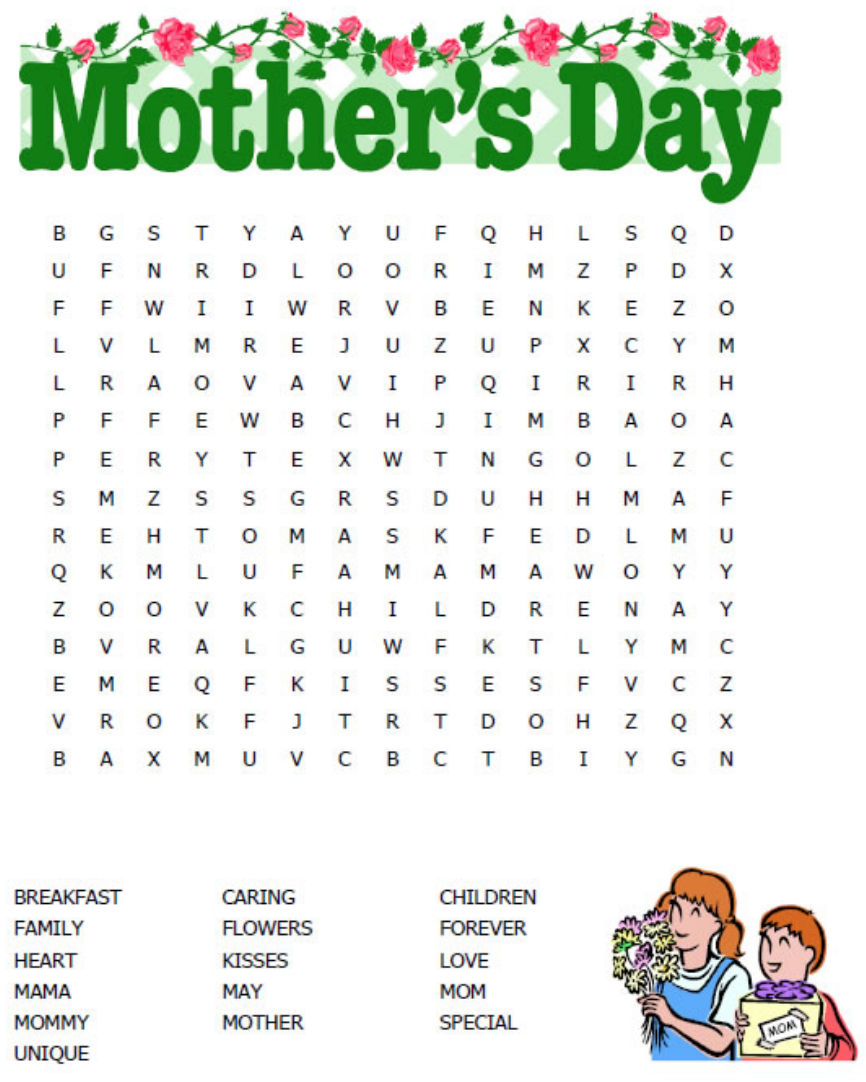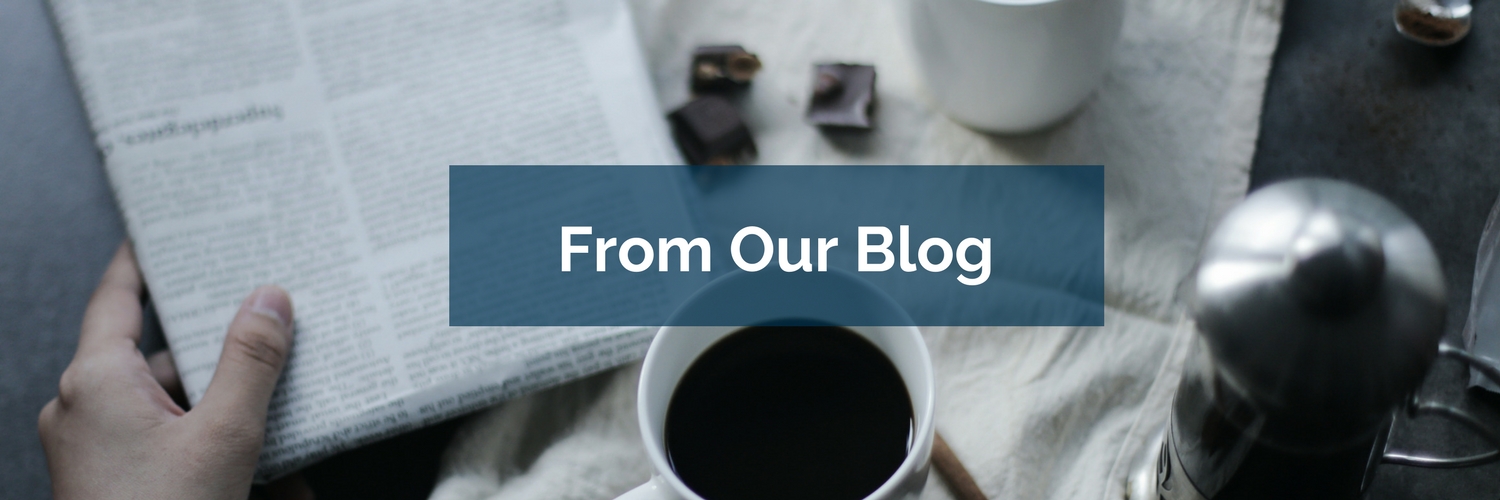The Future OF REHABILITATION

The use of robotics in eldercare has long been a hot topic, but The Allure Group is taking a cool, futuristic concept and making it a reality. We’re proud to announce that we’re launching the use of five new robotic technologies at our King David Center for Nursing and Rehabilitation. This equipment, which will become a cornerstone of our rehabilitation services, addresses some of the most common challenges our patients face. By integrating movement therapies into our existing rehabilitation programs, patients can optimize their recovery potential by performing safer movements independently. From self-initiated machines to wearable medical devices, Allure is once again changing the playing field for elderly patients suffering from a range of conditions that compromise movement.
Our new robotic equipment includes:
LOKOMAT BY HOCOMA
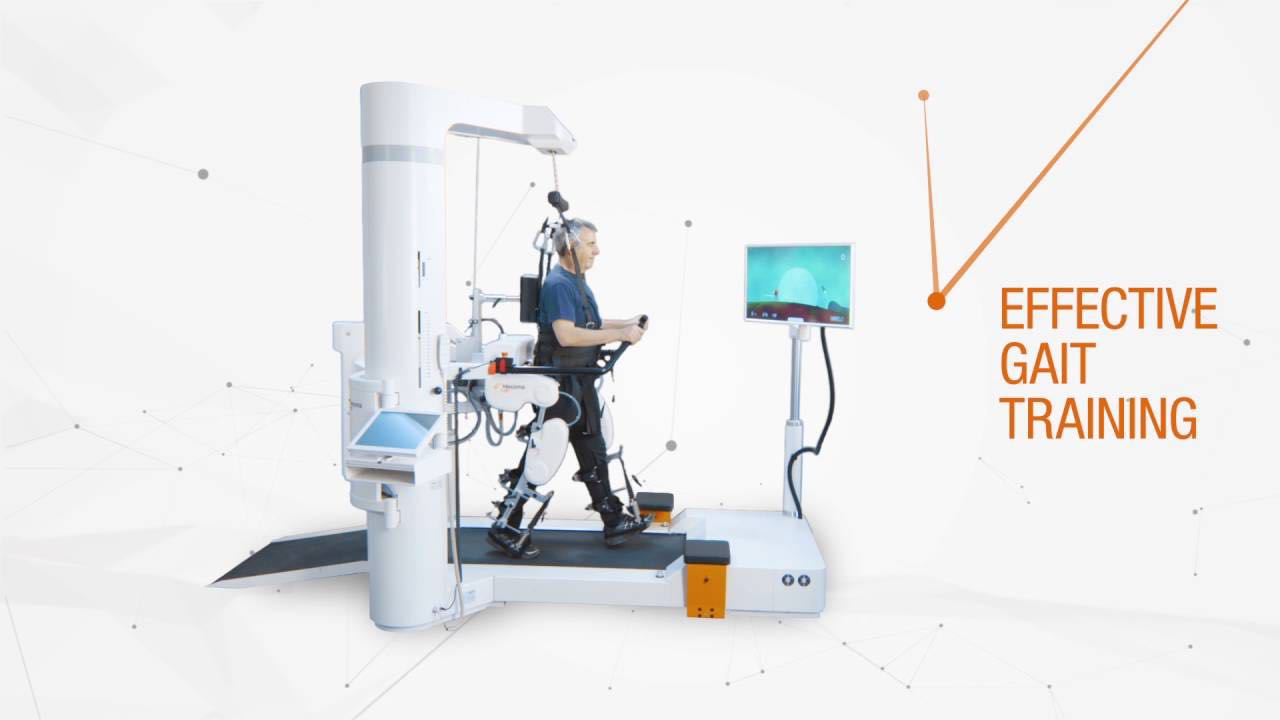
The Lokomat strengthens and trains impaired muscle groups for patients with neurological disorders, facilitating the process of “relearning” how to walk. With the patient supported in a harness above a treadmill, a robotic exoskeleton moves the body in a natural walking pattern. Through repetition, the Lokomat stimulates the legs and neurological system to reorganize walking patterns.
Indications for use: stroke, paraplegia, TBI, cerebral palsy, multiple sclerosis, Parkinson’s disease, degenerative joint disease, endoprosthesis, and amputees
Armeo Spring by HOCOMA

The Armeo Spring is for patients who are beginning to regain active movement of the arm and hand. The primary aim of rehabilitation for patients with partial arm paralysis is to maintain and restore their motor skills, which entails learning new movement processes and improving their coordination skills. Arm weight support enables patients to achieve a higher number of reach and grasp movements, safely achieving therapeutic goals in an independent setting.
Indications for use: stroke, multiple sclerosis, spinal cord injuries, cerebral palsy, Parkinson’s disease, movement disorders, neuropathies, upper limb ataxia, and recovery from neurosurgical interventions
Armeo Senso by HOCOMA
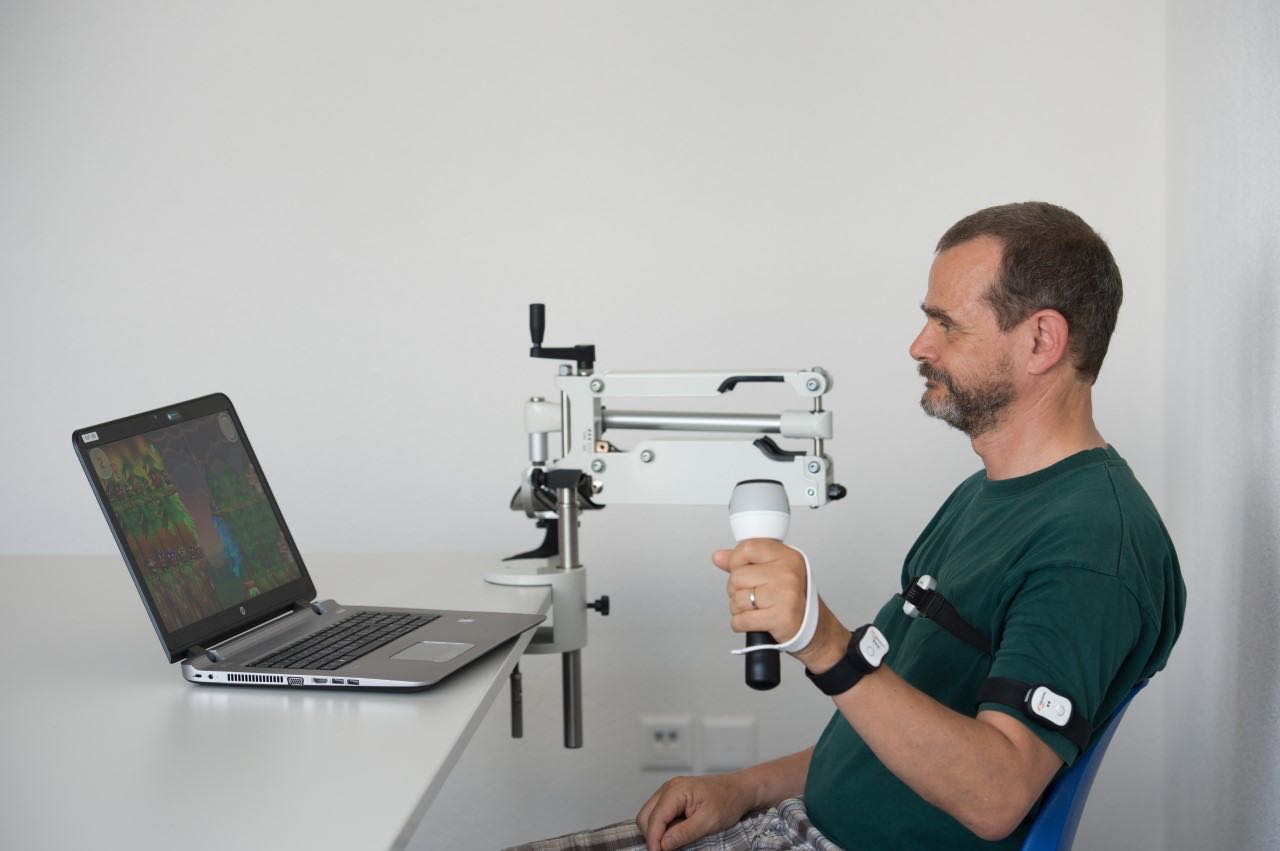
This sensor-based system capitalizes on progress made during the acute stage of rehabilitation and allows for continuation of high intensity, self-initiated upper extremity movements for patients with mild to moderate impairment.
Indications for use: impaired function of the upper extremity due to neurological disorders (e.g. stroke, multiple sclerosis, cerebral palsy, spinal cord injury, traumatic brain injury, recovery from neurosurgical interventions, Parkinson’s diseases, Guillain Barré Syndrome, plexus paralysis); muscular disorders (e.g. muscular dystrophies) in patients who are able to self-initiate movement
L300 by Bioness
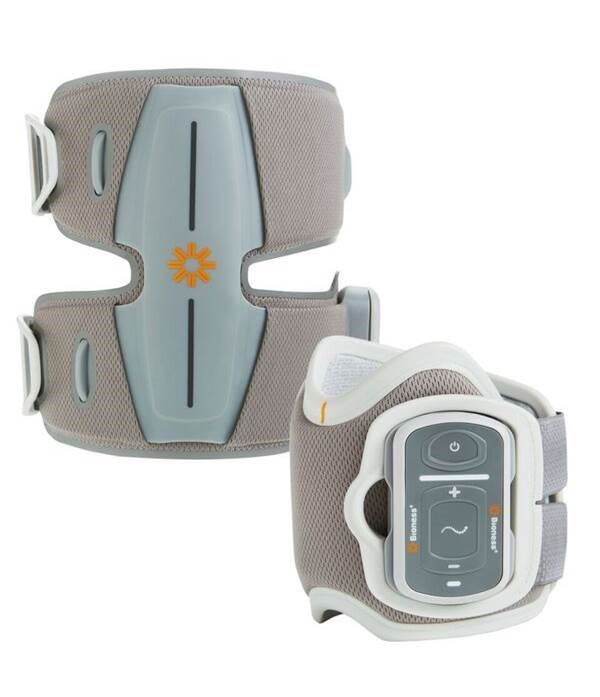
This wireless device promotes mobility improvements for patients with foot drop, lower extremity weakness and/or instability as a result of a neurological condition. The system delivers electrical stimulation to help patients establish a normalized gait pattern.
Indications for use: stroke, cerebral palsy, multiple sclerosis, spinal cord injury, and incomplete spinal cord injury.
H200 by Bioness

This wireless hand rehabilitation system stimulates the nerves and muscles of the forearm and hand to help re-educate paralyzed or weak muscles. Electrical stimulation allows the finger and thumb to move efficiently during reaching, grasping and pinching.
Indications for use: stroke, brain injury, spinal cord injury, other disorders of the central nervous system resulting in functional deficits and impairments of the upper limb
Robotics Launch Event at King David Center
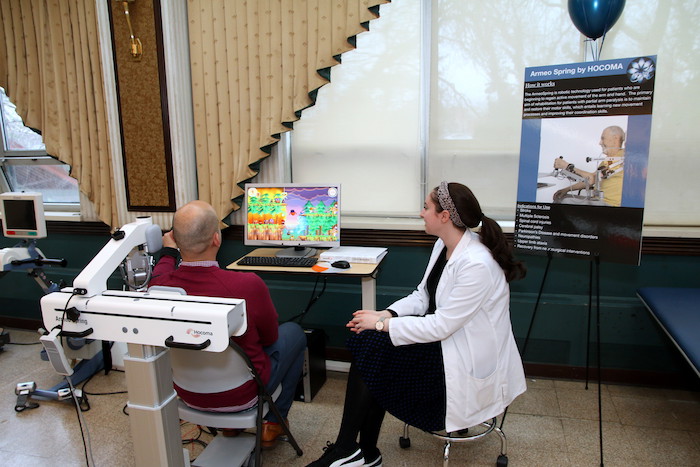

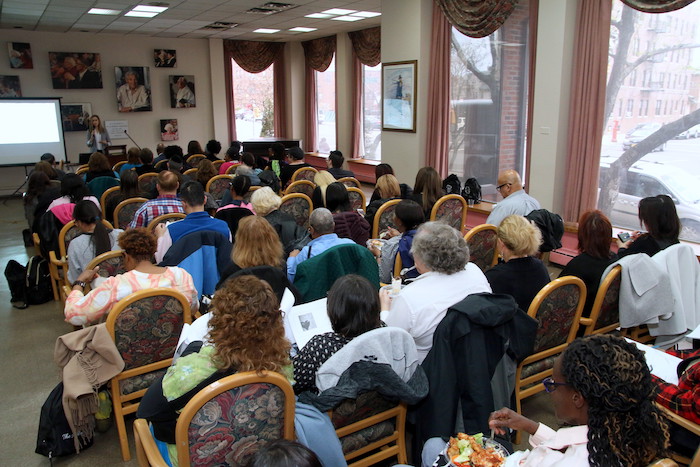
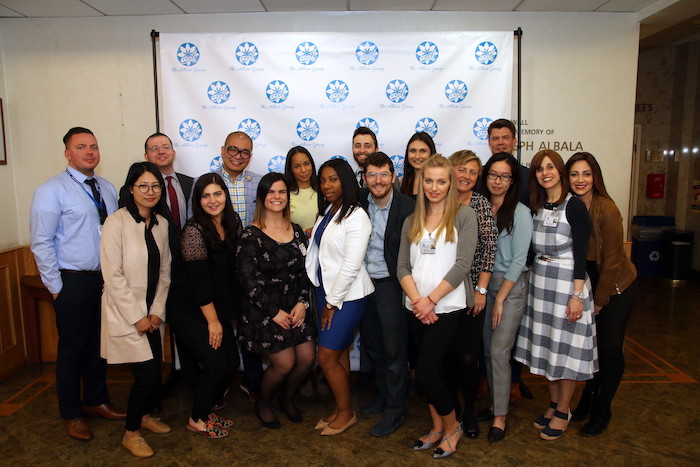
We want to thank everyone who came to our CEU and Robotics Launch event last week at our King David Center! We are so excited about what this new equipment means for the rehabilitation experience of our patients.
Parkinson’s Unity Walk

Team Allure had a great time walking in the 2018 Parkinson’s Unity Walk on Saturday April 28th in Central Park. Thank you so much to everyone who showed up to walk with #TeamAllure!
The 2018 Parkinson’s Unity Walk raises awareness not only for the disorder, but for the needs of patients across the United States. There are over one million people in the U.S. currently living with Parkinson’s, and 60,000 more are diagnosed each year. Parkinson’s is the second-most common neurological disorder, right behind Alzheimer’s.
The Allure Group imagines a future free of Parkinson’s disease, but currently treatment options are limited to helping to manage symptoms rather than cure them. Every person who walked or donated to the 2018 Parkinson’s Unity Walk supported the cause and cure for Parkinson’s, so a HUGE thanks to you!
Cherry Blossom Festival

We also had a fun time promoting our Longevity Garden program at the NYC Cherry Blossom Festival. Our Longevity Garden program, held at our Bedford and Hamilton Park Centers, services the local Asian community. Our program draws upon the many memories, activities, and sensory experiences familiar to patients of Asian descent.
EarlySense Implementation: A Breakthrough in Eldercare, A Boon to The Allure Group
Six months after becoming Brooklyn’s first network of skilled nursing facilities to introduce the contact-free patient-monitoring system EarlySense, The Allure Group announced that it is seeing exciting results, as has been the case when that technology has been implemented elsewhere.
Monthly Word Search
